What to look for when running your own AI model at home or in the cloud.

If you’ve been exploring the world of Large Language Models (LLMs) like LLaMA, Mistral, or even lightweight fine-tuned versions of GPT, there’s one technical choice that can make or break your setup, it the choice of GPU that you pick. From my experience helping early-stage builders and curious AI explorers, I can tell you this:choosing a GPU for LLMs isn’t just about picking the most expensive card. It’s about matching the hardware to your real use case and knowing when to go cloud vs local. This guide will walk you through the basics, so you can pick the right GPU without getting lost in jargon.
Do You Really Need a GPU to Run an LLM?
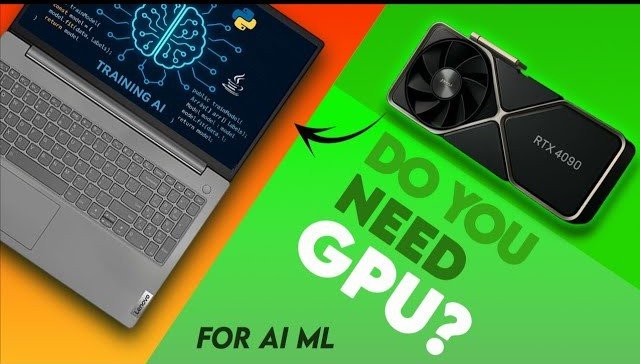
Yes, but only if you plan to run the model locally or host it yourself.
If you’re using OpenAI, Claude, or Gemini via API, you don’t need a GPU at all. Those are
fully hosted for you.
But if you want to:
- Run open-source models like LLaMA 3 or Mistral on your own machine
- Fine-tune models on private data
- Avoid usage limits and API costs
- Experiment offline or build edge deployments
Then yes, you’ll need a capable GPU because LLMs are large, and CPUs just aren’t built for
that level of parallel processing.
What Makes a Good GPU for LLMs?

VRAM (Video RAM)

This is the most important spec. LLMs need a lot of memory to load the model and run
inference.
For example:
When picking a GPU, the most important things to consider are:
- 7B models (like LLaMA 2/3 7B) require at least 12 GB VRAM
- 30B+ models often need multiple GPUs or GPU clustering
- 13B models need 24 GB VRAM or more
If you’re just testing or running small models, 12–16 GB is a sweet spot. More VRAM =
more flexibility
CUDA Support (for NVIDIA GPUs)
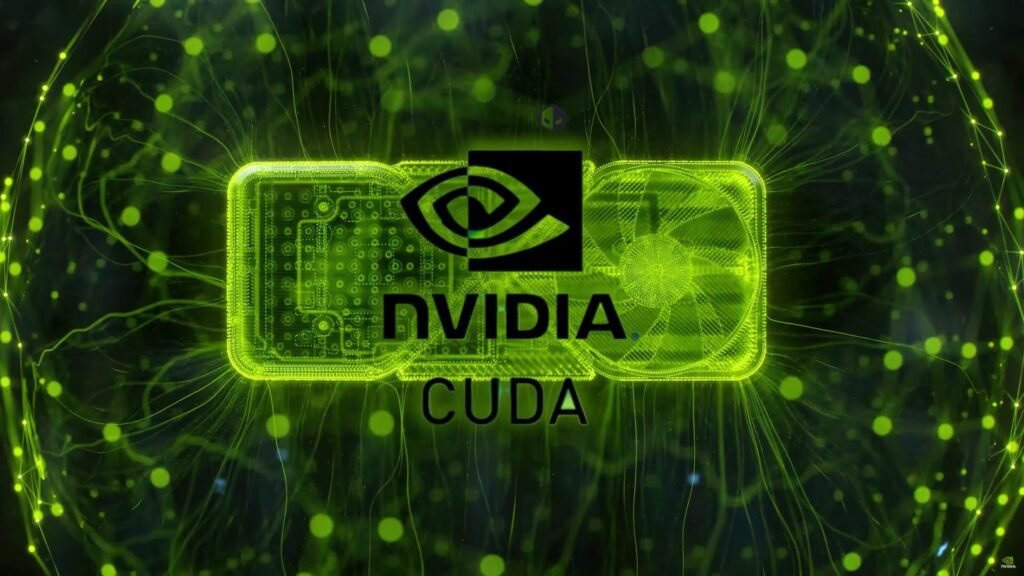
Most open-source LLM tooling like GGUF, llama.cpp, or Ollama are optimized for NVIDIA
GPUs with CUDA support.
That’s why NVIDIA is the most compatible choice, especially for beginners.
FP16 / INT8 Performance
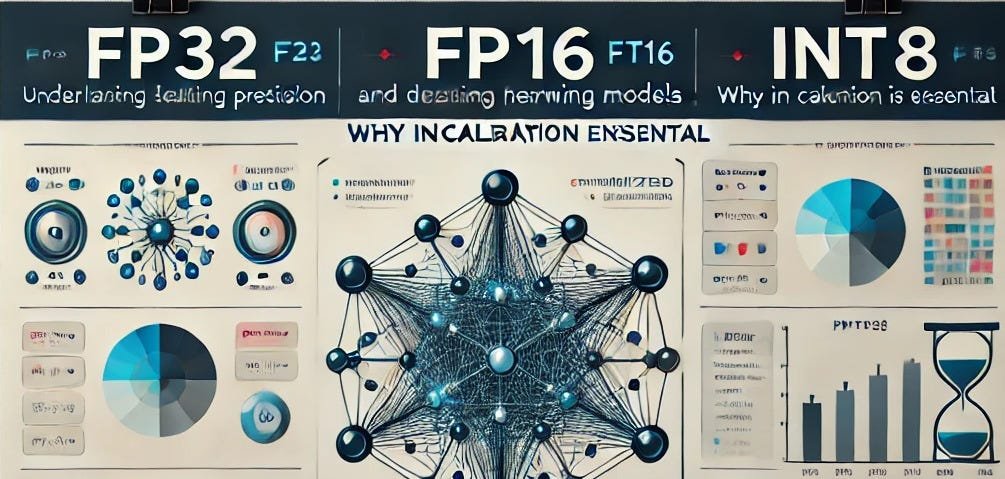
Some tools allow quantization, running the model in reduced precision formats (like 4-bit or8-bit) to save memory and boost speed. Make sure the GPU supports these formats well. Many modern GPUs do, but older cards may struggle
Top GPU Picks for Beginners (2025 Edition)
NVIDIA RTX 3060 (12 GB VRAM)

- Ideal for running 7B models like Mistral or LLaMA 2/3
- Budget-friendly and widely available
- Supports CUDA and most AI libraries
NVIDIA RTX 3090 (24 GB VRAM)
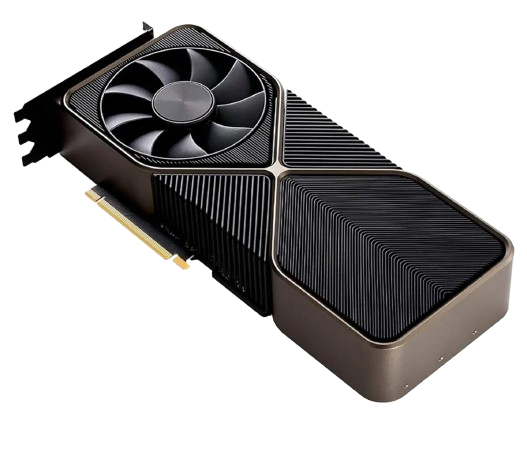
- Suitable for 13B+ models and some fine-tuning tasks
- High VRAM makes it future-proof
- Great for local AI apps with multi-threaded usage
NVIDIA RTX 4070 Ti or 4080 Super
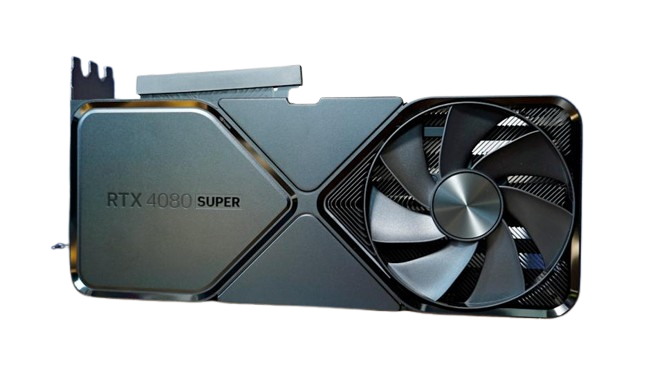
- Better power efficiency, excellent FP16/INT8 performance
- Ideal if you’re buying a new card and want longevity
- Works well for mixed tasks: gaming + LLMs
Cloud GPU Alternatives (No Hardware Needed)
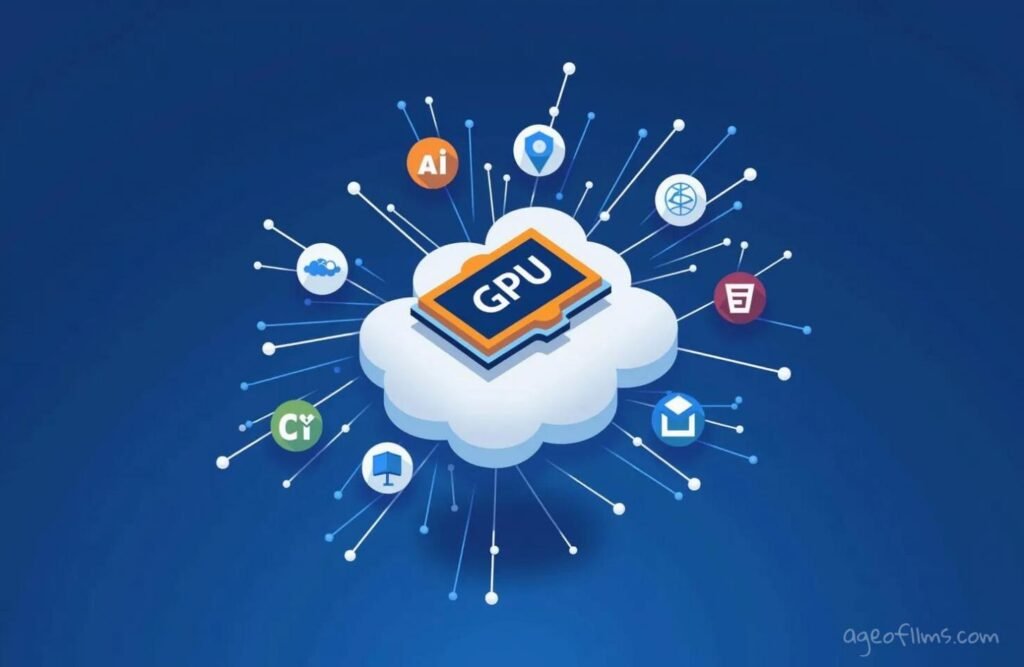
If you don’t want to invest in hardware yet, go cloud. Try:
- RunPod : Pay-as-you-go GPU access with pre-built LLM containers
- Vast.ai : Decentralized GPU marketplace, often cheaper than AWS
- Paperspace : Beginner-friendly GPU rentals with free credits
- Lambda Labs : Reliable for long-running workloads and training
Cloud is perfect if you’re just experimenting, running models occasionally, or fine-tuning
without upfront cost.
So, What Should You Pick?
If you’re a beginner and just want to run small open-source LLMs on your own machine:
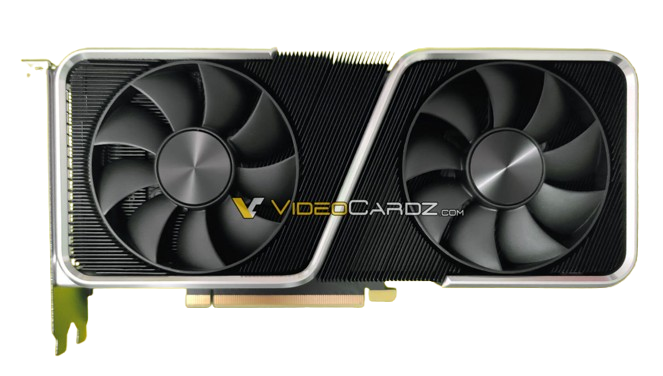
- Go with a used RTX 3060 or 3070 if on a budget
- If you want to go serious, pick 3090 or 4080 for more VRAM and future-proofing
If you don’t want to deal with hardware at all:
- Use RunPod or Vast.ai to rent powerful GPUs only when you need them
- You can test different models, fine-tune them, and shut it down when done no
- ongoing costs
Don’t Overthink It
From what I’ve seen in the field, beginners often get stuck thinking they need the perfect
GPU. You don’t. You just need one that’s good enough to get started.Whether you’re running LLMs locally or testing them in the cloud, focus on:
- VRAM (at least 12 GB)
- CUDA support (NVIDIA preferred)
- Good tooling support for llama.cpp, Ollama, or Hugging Face Transformers
And if you’re unsure?
Start in the cloud, experiment, learn the ropes, and invest later if you see long-term potential.
Your AI model is only as smart as the platform that runs it. Choose one that fits your
workflow, not just your wishlist.



